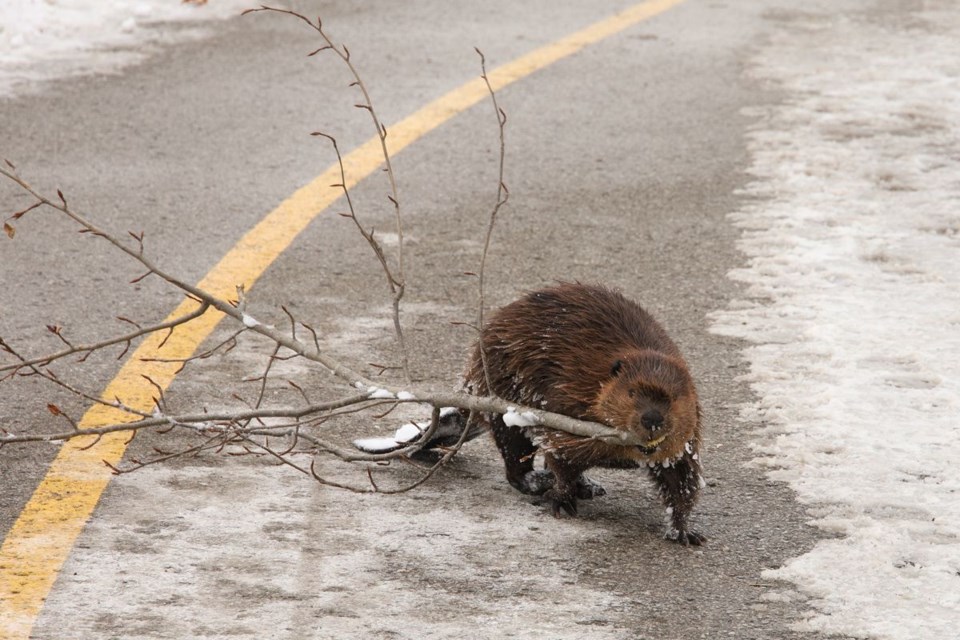Grey County is going to take a look at the bounties it pays to hunters and trappers for nuisance beavers and coyotes.
At its meeting on Oct. 10, county council voted in favour of getting a staff report about the current bounty system.
County council received a letter from Gary Stocking of Guardian Wildlife Control, that suggested the bounties for nuisance beavers was too low and was discouraging hunters and trappers from eliminating nuisance beavers in the local area. Stocking’s letter also said the bounty system for coyotes is overly complicated and requires too much paperwork.
“Your policy of $25 per beaver was introduced 20 years ago, in 2004, and has never been reviewed or upgraded since,” said Stocking. “To keep rivers, creeks and drainage running properly and culverts not being plugged, beaver control is essential in Grey County.”
Stocking said the $25 bounty would barely cover a professional trapper’s gas expenses and noted that Bruce County pays a $30 bounty, along with a $60 beaver trapping fee to the trapper.
Grey Highlands Deputy Mayor Dane Nielsen lifted the letter from the consent agenda and moved a motion to have a staff report with more information on the matter.
“Do we need to increase the rate to attract more trappers?” Nielsen asked.
Owen Sound Deputy Mayor Scott Greig suggested the county should increase the total bounty budget from $10,000 to $15,000. Such an increase was proposed in the 2024 draft budget, but was reduced by council because 2024 was a tough budget year.
“(The increase) is overdue,” said Greig.
Scott Taylor, the county’s director of planning said there are two issues to consider: the total bounty budget and the individual bounties paid for beavers ($25) and coyotes ($50). He said staff would bring back a full report on the matter with comparisons to neighbouring counties.
Grey Highlands Mayor Paul McQueen said the report will be timely and he noted the coyote population has been growing in recent years.
“I think there has been an increase (in coyotes),” said McQueen. “It is something that has developed over the years.”



